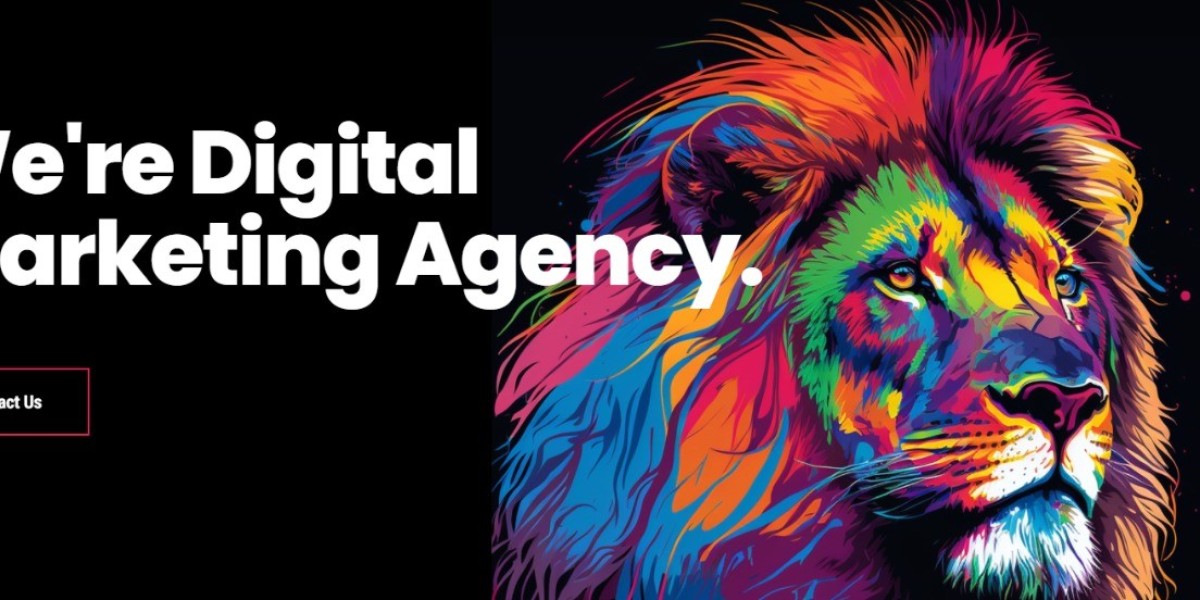Today’s digital viewers don’t just watch, they analyze, critique, and engage with content on a deeper level. They’re quick to detect when they’re being talked down to or when content lacks authenticity.
The YouTube audience is often smarter than many content creators realize. This evolving intelligence is something creators can no longer afford to ignore. Understanding and respecting the audience’s knowledge can completely transform how content is received and how communities grow.
Why Is the Digital Audience Smarter Today?
Modern audiences are exposed to more content than ever before, and they’re not just passively consuming it; they’re actively comparing videos across creators and platforms. They’ve become educated on algorithm tricks, sponsored content, and clickbait strategies, making them highly aware of the techniques behind the content they watch. Many participate in discussions through platforms like YouTube comments, Reddit, Twitter, and Discord, contributing their insights and critiques. A growing number of viewers are also creators themselves, producing duets, stitches, remixes, and response videos. Today’s digital viewers watch with context and often with clear expectations.
How Viewers See Through the Facade
Today’s viewers are highly perceptive and can easily detect inauthenticity. Fake personas, over-polished presentations, or forced enthusiasm often trigger negative reactions, especially in the comments. Audiences also have a surprisingly deep understanding of the platform itself. Many know exactly why creators ask for likes, comments, and subscriptions at specific points, and they’re familiar with tactics involving watch time, retention, and even thumbnail psychology. On top of that, they’re quick to fact-check. With information just a few clicks away, any inaccurate claim is likely to be challenged, often with detailed corrections and sourced evidence. This awareness extends to recognizing core content pillars, allowing viewers to evaluate content quality as critically as creators do.
What Smart Viewers Expect From Creators
To truly connect, creators must go beyond entertainment. Today’s online viewers value transparency, meaningful insights, and genuine two-way engagement. They expect honesty about sponsorships, dislike clickbait, and appreciate when creators respond, listen, and involve them in the content journey. Recognizing their intelligence builds trust, and trust turns casual viewers into loyal communities. Treating your audience as thoughtful participants, not passive consumers, is now essential for lasting success.
What Happens When You Underestimate Your Viewers
Ignoring the intelligence of the digital audience can backfire quickly and significantly. When viewers feel misled even just once, it can lead to a loss of trust, and in many cases, they won’t just leave quietly; they may publicly call out the creator. This erosion of trust often results in a noticeable lack of engagement, as people are unlikely to interact with content from creators who talk down to them or fail to acknowledge their knowledge. With tools like DM automation making it easier to connect but also easier to misuse, creators must be mindful of how they engage. Additionally, smart audiences have little patience for content that lacks substance. If a video doesn’t deliver clear value, retention rates drop, and viewers quickly move on to creators who respect their time and intelligence.
How Smart Audiences Shape Channels
Channels like Veritasium, LegalEagle, and ContraPoints thrive because they genuinely respect the intelligence of their audience. They excel at breaking down complex topics in a clear and accessible way, citing their sources transparently, and engaging directly with audience questions and criticisms. Even creators who focus primarily on entertainment, such as MrBeast or Ludwig, demonstrate a strong understanding of their viewers' psychology and expectations, skillfully balancing high-energy content with thoughtful strategy to keep their audiences both entertained and invested.
How to Respect (and Win) a Smart Digital Audience
To build a stronger connection with a smart online audience, creators need to adopt a more intentional approach. Start by studying your comment section, not just for praise or criticism, but to understand the questions viewers are asking and the assumptions they’re making. This insight can guide future content. Next, show your work by citing sources, sharing your creative process, and offering a behind-the-scenes look that builds transparency and trust. Don’t shy away from critique; invite it. Ask for feedback, run community polls, and highlight insightful user comments in your videos to foster genuine engagement. Finally, level up your research. Assume your audience already understands the basics, and aim to provide depth, originality, or a fresh perspective that adds real value to their viewing experience.
You can also watch: How To Add Private Whitelist Users On YouTube Using Socinator
Summary: Don’t Just Entertain, Empower
The smartest creators today see their audience as co-creators, not consumers. If you shift your mindset from “feeding content” to “collaborating on value,” your content and your relationship with your audience will evolve exponentially.
Yes, the YouTube audience is smarter than most creators think. And that's not a threat, it's a massive opportunity.
FAQs:
Are YouTube audiences really that aware of creator strategies?
Absolutely. Many are familiar with retention tactics, clickbait patterns, and monetization tricks and expect transparency.
What kind of content do smart YouTube audiences prefer?
They prefer content that’s thoughtful, authentic, and adds value. Whether it’s educational or entertaining, depth matters.
How can creators build trust with viewers?
By being honest, consistent, and respectful of the audience’s intelligence. Don’t oversell, don’t mislead, and always deliver on your promises.
Will acknowledging audience intelligence improve channel growth?
Yes. It fosters loyalty, boosts engagement, and helps build a strong creator-viewer bond essential for long-term success.







